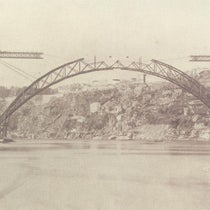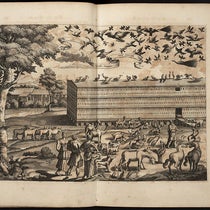Scientist of the Day - Phineas Davis
Phineas Davis, an American craftsman and inventor, was born Jan. 27, 1792, in Warner, New Hampshire. At the age of 17, he moved to York, Pennsylvania, where he set himself up as a watchmaker and clockmaker, and was quite successful. But he apparently became interested in heftier forms of manufacture and opened an iron foundry with a partner, where he built an iron steamboat, the first such craft to be floated in the United States. And then Davis turned his interest to building locomotives.
The Baltimore & Ohio Railroad (B & O) had just been founded, and Peter Cooper had built them their first locomotive, the Tom Thumb. The railroad, instead of purchasing more Tom-Thumb-style engines, decided to hold a competition in 1831, in which 5 locomotives showed their stuff, much like the Rainhill Trials in England in 1829. Davis designed and built a locomotive, the York, modeled after Cooper’s vertical boiler design for Tom Thumb, but larger, and burning coal instead of wood. The York showed itself capable of hauling a 15-ton load down a 13-mile test track at 15 mph, much faster than the 4-mph Tom Thumb. Davis won the competition and the $4000 prize.
The next year, Davis and Israel Gartner built a larger locomotive, the Atlantic, twice as massive as the York. This was the engine that the B&O decided would power their railway, and Davis moved to Baltimore to supervise the manufacture of more Atlantic-style engines. In the parlance of locomotive-speak, these were 0-4-0 engines, meaning they lacked a leading or trailing truck (the two ”0”s) and had four drive wheels.
The original York engine does not survive, nor do any of the original Atlantics. The Atlantics were in service until the 1890s, and on the 50th anniversary of the first one, the B&O commissioned a replica (first image), which is on display at the B&O Museum in Baltimore (third image). They did not commission a York replica until 1927, when the B&O held a centenary exhibition called “The Fair of the Iron Horse,” and they had a York replica built for the occasion. It too is still on display in Baltimore (second image).
Davis saw only the initial success of his locomotive designs and constructions. On Sep. 27, 1835, he was riding the tender behind one of the Atlantics on a branch line when the train derailed, and Davis was killed. He was 43 years old. The only portrait I know that claims to show Davis is one in the York County History Center that has been posted to the findagrave website (fifth image), showing Davis in his watchmaking days. It would be nice to learn more about this portrait.
William B. Ashworth, Jr., Consultant for the History of Science, Linda Hall Library and Associate Professor emeritus, Department of History, University of Missouri-Kansas City. Comments or corrections are welcome; please direct to ashworthw@umkc.edu.

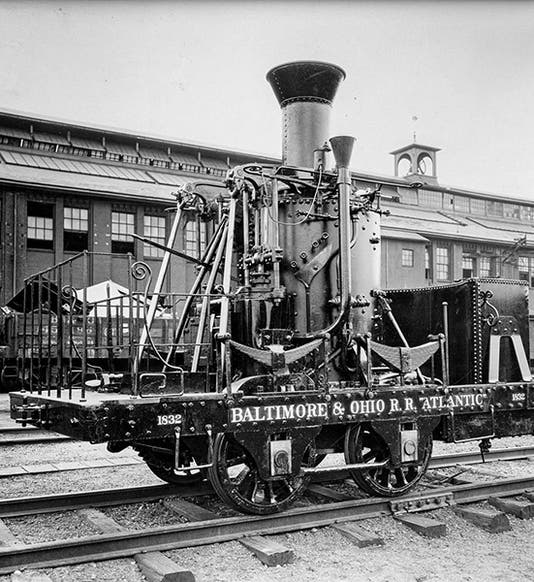
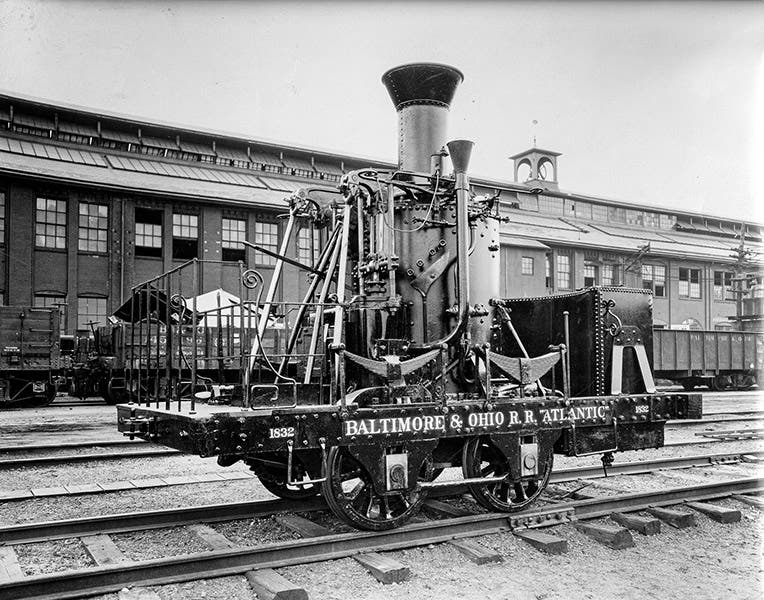
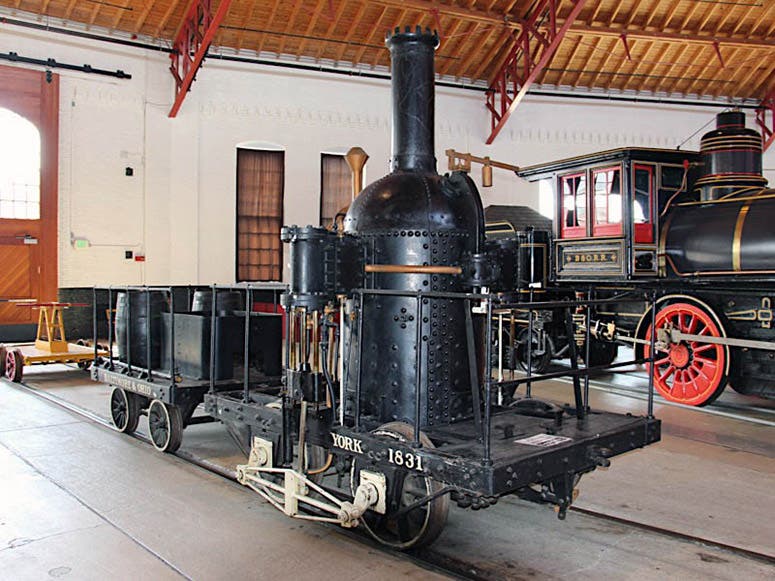
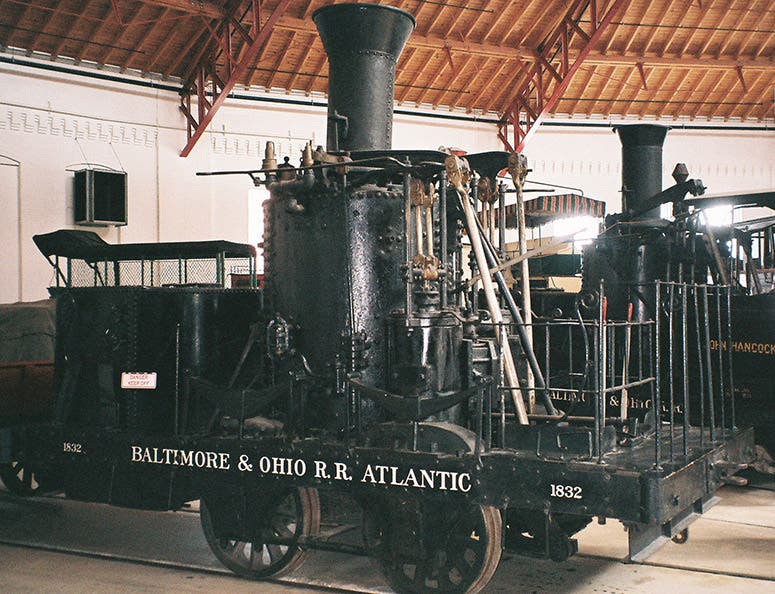
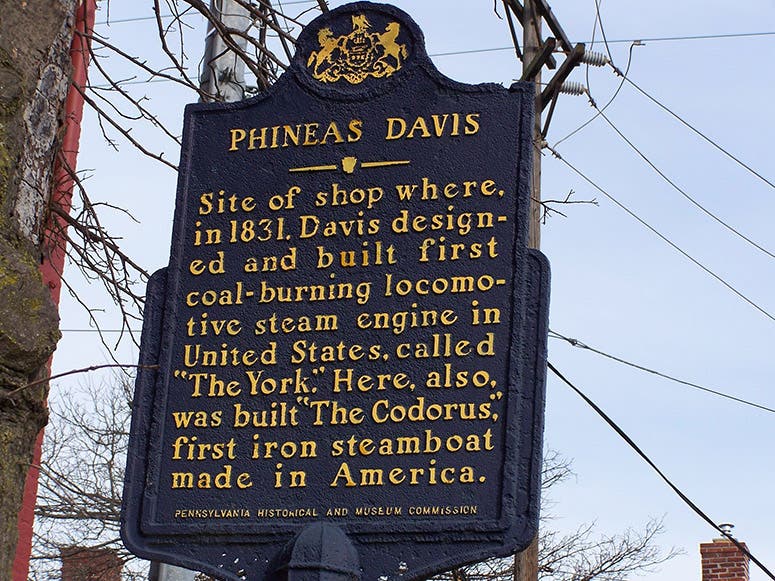
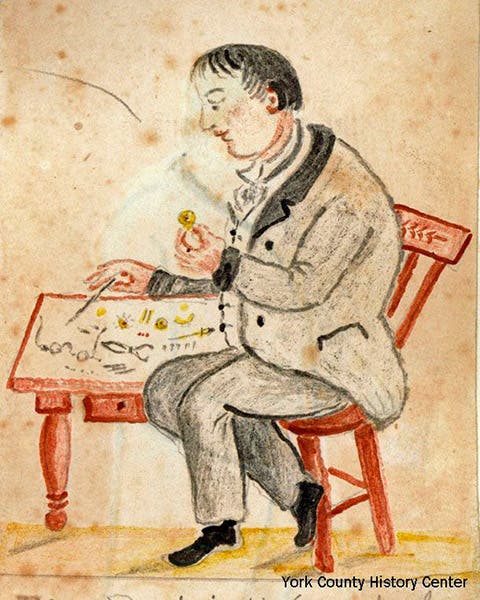

![Bivouac on Jan. 26 [1854], chromolithograph from a sketch by Balduin Möllhausen, Explorations and Surveys for a Railroad Route from the Mississippi River to the Pacific Ocean: Route near the Thirty-Fifth Parallel, by Amiel W. Whipple (Pacific Railroad Report, 3), 1856 (Linda Hall Library)](https://assets-us-01.kc-usercontent.com:443/9dd25524-761a-000d-d79f-86a5086d4774/55140a90-4b5d-4dac-832c-5def5cb51a10/Whipple1_cover.jpg?w=210&h=210&auto=format&fit=crop)
